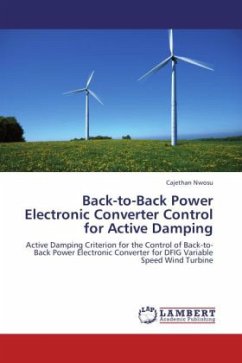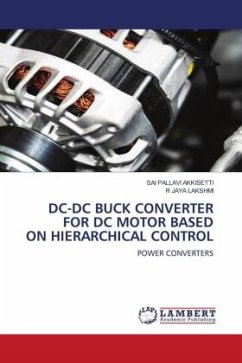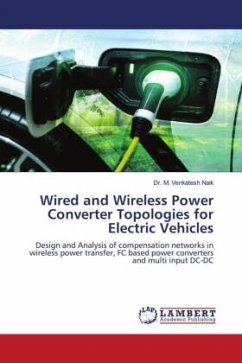One of the most important aspects for large scale integration of wind power systems is the fault ride through (FRT) capability during voltage sags. What this means is that wind turbines should be continuously on-line and supply the grid during voltage sags. Large voltage sags induce high voltages in the rotor circuit of the DFIG and thus the rotor current rises and could exceed the current capability of the converter switches. In the instant of such faults, there is usually a power imbalance between the generator and the grid that usually cause the DC-link voltage rise because of the excess power generated that can not be transferred to the grid. Against the use of crowbar to block the converter and then to disconnect the generator from the grid or by reducing the power generated or maximizing the power supplied to the grid, an active damping criterion in the control of the BtB converter is proposed in this book. The phenomenal increase in these quantities together with other disturbances are by this process rejected and/ or damped thereby making the grid less sensitive to harmonics and oscillations. By this, the wind turbine stays on-line and continues to supply the grid.
Bitte wählen Sie Ihr Anliegen aus.
Rechnungen
Retourenschein anfordern
Bestellstatus
Storno








